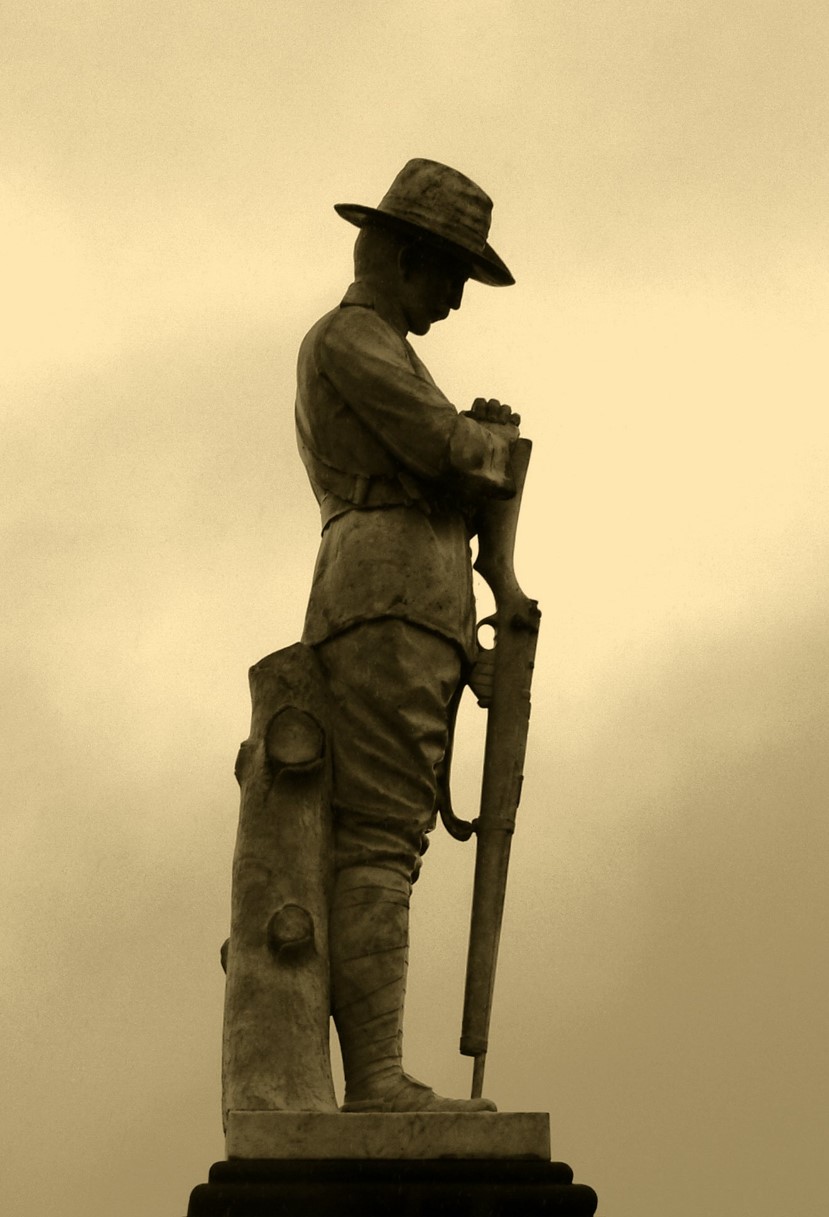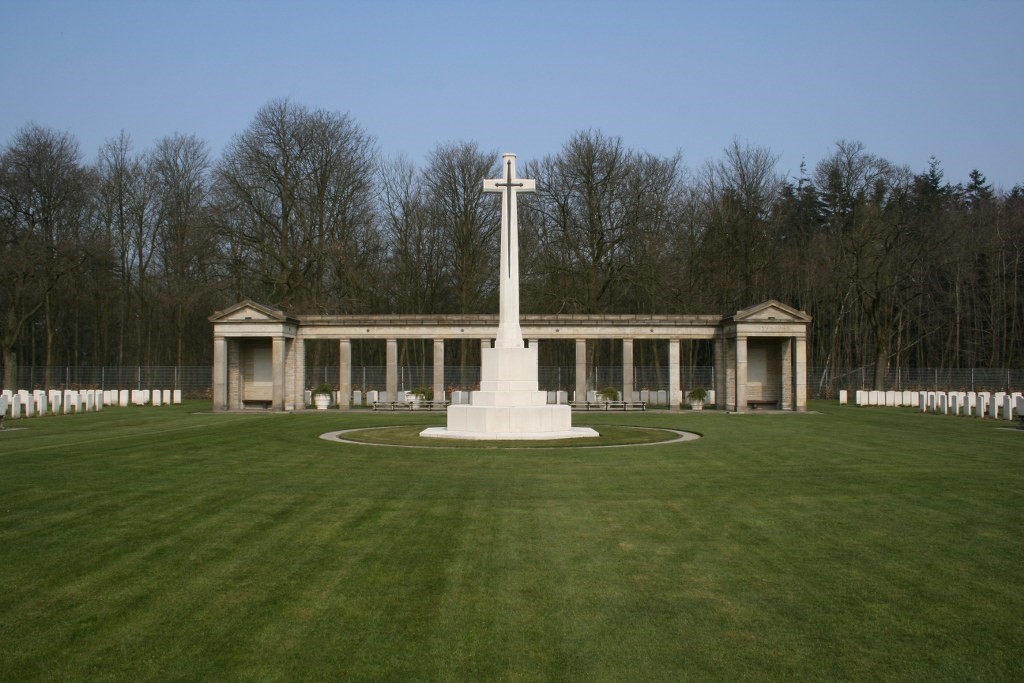Flight Sergeant John Stirling McLay, the son of James Archibald Stirling and Sybil Mary McLay (nee Brand) was born at Toowoomba in Queensland on 22nd October 1924. He was educated at the East State School and later at the Toowoomba Grammar School during the years 1938 until 1940 where he passed the University of Queensland Junior Public Examination. Whilst a student at the Grammar School he served for 2 years in the cadet unit and later served for 9 months with No. 58 Squadron of the Air Training Corps. He attained the rank of Acting Sergeant whilst in the Air Training Corps. After leaving school he was employed as a Clerk with the New Zealand Insurance Company, the Queensland Trustees, the Queensland National Bank and then as a Process Worker with the Toowoomba Foundry. He applied for aircrew training in the Royal Australian Air Force on 6th October 1942. At the age of 18 years and 2 months he was enlisted into the Citizen Air Force of the R.A.A.F. at No. 3 Recruiting Centre in Brisbane on 1st January 1943 after giving an undertaking that he would serve for the duration of the war and an additional twelve months. He was allotted the service number of 434647. His physical description at the time of enlistment was that he was 5 feet 10 inches in height and weighed 164 pounds. He had a medium complexion, hazel eyes and black hair. He stated that he was of the Presbyterian religion. He gave his next of kin as his father, Mr James Archibald Stirling, residing at 38 Mary Street in Toowoomba. His father later changed his address to No. 17 Warren Street in Toowoomba.
Flight Sergeant John McLay joined No. 3 Initial Training School at Sandgate in Queensland on 1st January 1943. He joined No. 1 Wireless & Gunnery School at Ballarat in Victoria on 27th May 1943. He joined No. 1 Embarkation Depot at Ransford in Victoria on 27th November 1943. He joined the Air Gunnery School at West Sale in Victoria on 11th December 1943. He was awarded the Air Gunner Qualification Badge and promoted to the rank of Temporary Sergeant on 6th January 1944. He joined No. 2 Embarkation Depot at Bradfield Park in Sydney to prepare for overseas service on attachment to the Royal Air Force on 7th January 1944. He embarked by sea transport from Sydney on 27th January 1944 on attachment to the Royal Air Force and disembarked in England on 12th March 1944 where he joined No. 11 Personnel Despatch and Reception Centre at Bournemouth later that day. He joined No. 27 Operational Training Unit at Royal Air Force Station at Lichfield on 9th May 1944 where training was conducted to prepare aircrew for night bombing using Vickers Wellington aircraft. He was promoted to the rank of Temporary Flight Sergeant on 6th July 1944. He joined No. 41 Base at Royal Air Force Station Marston Moor on 4th August 1944 where he probably trained with one of the Heavy Conversion Units stationed there.
Flight Sergeant John McLay joined No. 466 Squadron Royal Australian Air Force at Royal Air Force Station Driffield for operational duty on 10th October 1944. John McLay was an Air Gunner and member of the crew of a No. 466 Squadron Royal Air Force Halifax Bomber NR132 that took off from Royal Air Force Station Driffield on 4th November 1944 to attack a target at Bochum in Germany. It crashed at Dusseldorf, Germany on 5th November 1944. A report from one of the survivors, Flying Officer N.C.R. Dodgson upon his repatriation to the United Kingdom stated that when the first enemy fighter attack set fire to the fuselage, he told the Flight Engineer to attempt to subdue the fire, at the same time warning the crew over the intercommunication set to don their parachutes. A further attack fired the starboard outer engine, and at this stage, leaking fuel commenced to burn. As the fire increased in intensity, the order was given to abandon the aircraft, the altitude then being approximately 10,000 feet. Several times, by intercommunication, he called the order to jump, at the same time using the call light signal to each occupant. He only received an acknowledgement from the mid-upper gunner, but noticed that the front crew position was empty with the floor escape hatch open. Soon after the starboard main plane broke away and the aircraft went into a spin. During the dive an explosion occurred, throwing him (Flying Officer Dodgson) out of the aircraft, whereupon he operated his parachute. Upon reaching the ground he was captured by the Germans. After interrogation by the Germans he was imprisoned and received no information as to the fate of the remainder of the crew except that McCasker lost his life when his parachute failed to open.
The six deceased members of the crew were buried in the New Cemetery at Duren. The six bodies were exhumed in 1946 by the Missing Research and Enquiry Unit, however only three of the bodies were able to be positively identified. Being unable to positively identify the body of Flight Sergeant John McLay along with the unidentified bodies of Sergeant Caffrey and Warrant Officer Stropher, they were reinterred in a collective grave at the New Cemetery at Duren in Germany and buried with full military honours by Squadron Leader (Reverend) J.M. Amphlet, the Guard of Honour being provided by the 6th Belgian Military Police Company. In 1949 the bodies of the three men were later concentrated into a collective grave in the Rheinberg War Cemetery.
His remains were laid to rest in the Rheinberg War Cemetery in Germany. His headstone carries the family inscription “In proud and loving memory”.
Flight Sergeant John McLay’s name is commemorated on Panel No. 110 at the Australian War Memorial in Canberra and locally on the Toowoomba Mothers’ Memorial, the Toowoomba Soldiers’ Memorial Hall Honour Board, St. Stephen’s Church Memorial Tablet, No. 58 Squadron Air Training Corps Honour Board and the Toowoomba Grammar School WW2 Honour Board.
Toowoomba Grammar School archive records show that he enrolled as a student on 1st February 1938 and left the school on 1st February 1940.




